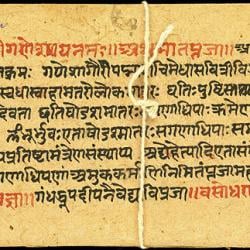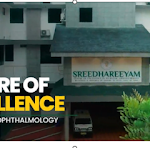The well respected Himalayan Academy and their guru Subramuniyaswami put out a book several years ago called How To Become a Hindu. Over the next few weeks I’ll be reading the chapters and discussing each one individually. Today we’re looking at the seventh chapter: Six Steps Toward Conversion
Finally we reach the chapter that spells out what the “ethical conversion” process is!
Subramuniyaswami explains that in order to fully become a Hindu, one must examine and reject previous beliefs as well as examine and accept Hindu beliefs. Even if I think he sometimes goes too strict with this, the concept seems sound to me. I do think it is valuable for us, who ever we are, whether we’re converting to a new religion or not, to examine our beliefs with great care as adults. There are so many things that we subconsciously accept without thought because it’s what we’ve always known. It’s valuable and can really help us grow if we can see what those things are and see whether we really believe them.
I remember having that experience with the concept of reincarnation. I was taught reincarnation very early and it has always been part of my life. I never had to wonder if it was true or not. Until my vision of myself was challenged in college and I heard the evangelical Christian message for the first time. I unpacked all my previous belief, all that I was taught, and re-looked at it as an adult. I considered whether I could ever be Christian. In the end I found that Hindu beliefs were far too ingrained in me. I tried and could not disbelieve reincarnation. And other beliefs as well. It was then that I realized just how Hindu I was and I began to identify as a Hindu for the first time.
Subramuniyaswami also mentions that for people entering a new religion, it is important to have social recognition for this momentous change in their lives. He is big on getting your family on board with what’s happening. I’m sure that must help a new convert , or “adoptive” as he says, stay the course through challenges. Once you’ve announced to everyone that you’re doing something, it’s not easy to back out!
This idea that Subramuniyaswami has for ethical conversion is a really great one. I agree with him that the world would be a better place if every religion required steps like this of their converts. It would eliminate forced conversion or tricked conversion, which is a real issue.
So, here are the six steps…
1) Joining a Hindu community
2) Point-counterpoint
3) Severing from former mentors
4) Adopting a Hindu name
5) The Namakarana Samskara
6) Announcing the severance and name-giving
Certainly joining a Hindu community is a great first step. You’ll have friends and guides there who can teach you the ropes for one particular sect, denomination, and regional tradition. As I’ve traveled I have joined communities, but I’ve struggled with making friends and becoming truly enmeshed. I think that is something to do with my personality. I don’t come off as the warmest person in real life, though I’m not sure why. Something I’m working on.
Point-counterpoint is the study of religions where you compare Hindu beliefs with your previous beliefs.
This chapter includes a Namakarana Samskara certificate to be photocopied and have signed by the priest who performs the ceremony for you (this being a name-giving ceremony usually done for a baby).
The final step is a newspaper announcement, which seems a little old-fashioned at this point (there is an update to this book, but I have an older edition. I don’t know if this is a change or not). He does point out that you can save the announcement, certificate, and other documents to prove your Hindu-ness if it is required at an orthodox temple, etc.
At the end of the chapter several personal severance letters are shown from various churches and other religious institutes so you can see what a release from your former religion might look like.
The advantage of this system is that you do have guidance and help along the way from Hindu elders and community. I can see the appeal. Too bad not every Hindu community uses this system. With this official welcome into the fold, you get to have that person to officially tell you that you belong and are accepted. That is a tempting thing and something that those of us who chose Hinduism on our own sometimes long to have. It sure would be nice to pull out a card signed by a guru to say that I am a Hindu for anyone who questions it!















